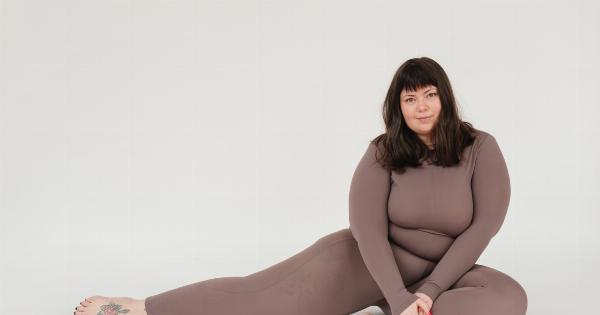Pregnancy is an exciting time for any woman as she eagerly awaits the arrival of her little one. However, with this joyous event comes a few changes in the body.
One of these changes is stretch marks that appear on the skin, usually in the third trimester or postpartum. These thin, reddish, purplish, or silver lines on the skin are the result of the skin being stretched beyond its limit. This article will dive deep into understanding stretch marks during pregnancy, their causes, prevention, and treatments.
What Causes Stretch Marks During Pregnancy?
During pregnancy, the body undergoes several hormonal changes. The hormones relaxin and estrogen allow the skin and muscles to relax and expand to make room for the growing fetus.
However, if the stretch is too rapid or severe, the skin’s collagen and elastin fibers may rupture and tear, causing stretch marks.
Where Do Stretch Marks Appear During Pregnancy?
Stretch marks during pregnancy primarily appear on the breasts, buttocks, thighs, hips, and abdomen. In essence, they can appear anywhere that the skin expands during pregnancy.
Can You Prevent Stretch Marks During Pregnancy?
It is difficult to prevent stretch marks entirely as they are primarily caused by the stretching of the skin. However, various products and remedies can minimize their appearance and reduce their prevalence:.
: 1. Hydrate
One of the easiest and most efficient ways to reduce the appearance of stretch marks is to hydrate the skin adequately.
Drinking an adequate amount of water during pregnancy can help improve skin elasticity and prevent dehydration, making your skin more supple.
: 2. Apply Moisturizer
During pregnancy, doctors recommend using a moisturizer regularly, especially on the belly, lower back, and legs. A moisturizer can help keep the skin soft and supple, which can help reduce the chance of stretch marks.
Some popular moisturizers are cocoa or shea butter, almond oil, avocado oil, and vitamin E oil.
: 3. Eat a Balanced Diet
Another crucial step is to eat a balanced diet that provides adequate nutrition for both you and your growing baby. We recommend incorporating foods rich in vitamin C, E, and zinc as they promote healthy skin and reduce inflammation.
: 4. Massage
Massaging your skin can increase blood circulation and, in turn, improve skin cell regeneration. This can reduce the appearance of stretch marks, making them less noticeable.
We recommend using a gentle, circular motion and incorporating some moisturizer for best results.
How to Treat Stretch Marks During Pregnancy?
Although there are several remedies and products to prevent stretch marks during pregnancy, in some cases, stretch marks are inevitable and will appear regardless. However, several treatment options can help reduce their appearance:.
: 1. Retinoid Creams
Retinoid creams contain a chemical compound derived from vitamin A, which works by boosting collagen production in the skin. These creams are highly effective in reducing the appearance of stretch marks and are available on prescription from a doctor.
: 2. Aloe Vera
Aloe vera is another effective home remedy that can help reduce the appearance of stretch marks. The natural antimicrobial and anti-inflammatory properties of aloe vera can help soothe the skin and reduce inflammation.
: 3. Laser Therapy
Laser therapy is an effective way to reduce the appearance of stretch marks by stimulating cell regeneration and collagen production. The laser light works by penetrating the skin’s surface and breaking down damaged tissue.
This process results in the growth of new, healthy tissue, reducing the appearance of stretch marks.
The Bottom Line
Stretch marks are common among pregnant women, and they are a sign of the body’s natural changes during this period.
Although they are not entirely preventable, maintaining a healthy diet, staying hydrated, and using moisturizers can minimize their appearance. Also, various treatments, such as laser therapy, retinoid creams, and aloe vera, can help reduce the appearance of stretch marks. Speak with your healthcare provider about the best treatment options for you.





























